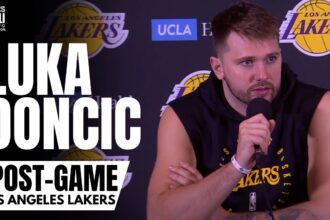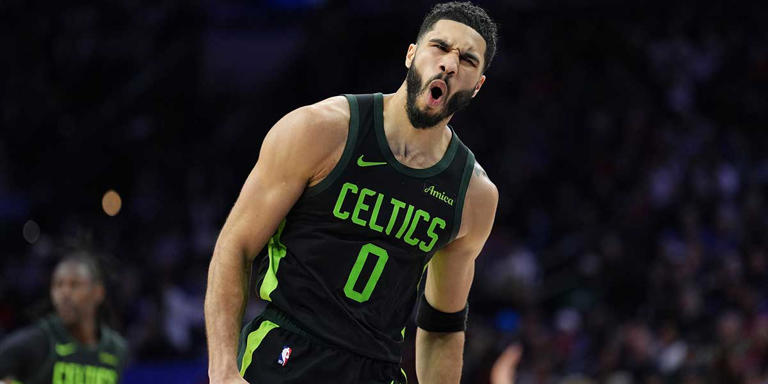
The ongoing debate over equal pay in sports has reached a boiling point as the WNBA and NBA find themselves at odds over the widening pay gap between their athletes. With the WNBA playoffs approaching, tensions have escalated, with players and advocates calling out the stark disparities in compensation between the two leagues.
Leading the charge from the WNBA is star player Nneka Ogwumike, who has been vocal about the need for pay equity. “We put in the same work, the same dedication, and yet we’re not valued the same way,” Ogwumike stated in a recent interview. “The average salary in the WNBA is around $120,000, while the NBA’s average is over $9 million. It’s time for the WNBA to receive the respect—and the pay—we deserve.” Ogwumike’s comments reflect the frustration many WNBA players feel as they compare their earnings to those of NBA stars.
On the NBA side, players like Kyrie Irving have shown support for their WNBA counterparts, acknowledging the disparity. “It’s not just about the money, it’s about respect,” Irving said. “These women are incredibly talented, and it’s time the world starts recognizing that by closing the pay gap.” Irving’s backing highlights the growing awareness among NBA players of the inequalities that exist within professional basketball.
However, not everyone in the NBA is on board with the push for equal pay. Charles Barkley, a former NBA star and current analyst, pointed out the financial realities, arguing, “The NBA generates billions in revenue, while the WNBA brought in about $60 million last season. The pay difference reflects that economic gap.” Barkley’s perspective underscores the complexities of the issue, as it touches on revenue generation and the business side of sports.
Meanwhile, WNBA stars like Sue Bird have countered these arguments, emphasizing the need for systemic change. “It’s about investing in the WNBA, giving us the platform to thrive,” Bird said. “We’re not asking for NBA salaries overnight, but we do deserve a bigger piece of the pie. If the average NBA player earns $9 million, why is our top player earning just a little over $200,000?”
This clash between the leagues has not only highlighted the differences in pay but also the systemic issues that contribute to the gap, such as revenue sharing, media coverage, and sponsorship deals. Many WNBA players argue that despite the league’s growing popularity and increased visibility, they continue to face financial challenges that their NBA peers do not.
As the debate intensifies, both leagues are under pressure to address the pay gap and find a solution that acknowledges the value of WNBA players while ensuring the financial sustainability of the league. The outcome of this clash could have lasting implications for the future of professional women’s sports, as players continue to fight for the respect and compensation they believe they deserve.



